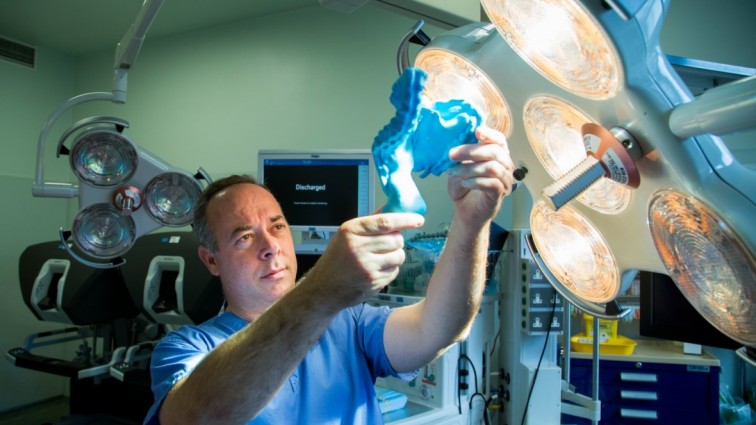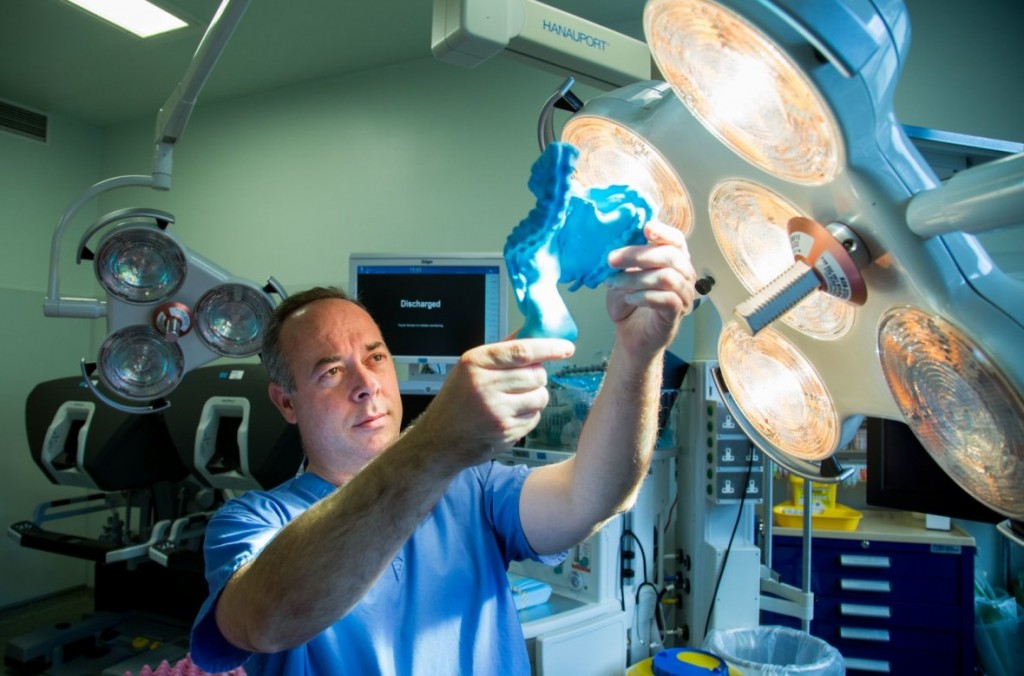A new organ has been identified in the human body – here’s how doctors missed it for centuries

For centuries it was thought that the mesentery was a fragmented collection of folds in the membrane lining the abdominal cavity. But now doctors have said that it is a distinct organ, which could change the way diseases of the digestive tract are understood.
Leonardo da Vinci was the first to characterise the mesentery in a drawing from about 1508. But its function has remained a mystery for centuries.
The puzzle started to come together when doctors figured out its real structure in the body.
Previously doctors thought that the mesentery was just a collection of small, fragmented folds in the peritoneum, until J Calvin Coffey, a professor of surgery at the University of Limerick in Ireland, published a paper in 2012 arguing otherwise.
"We are now saying we have an organ in the body which hasn't been acknowledged as such to date," Coffey said in a statement.
He and his co-authors studied the mesentery in patients who were having part of their colons removed and found that it was a continuous structure.
"Up to that it was regarded as fragmented, present here, absent elsewhere and a very complex structure. The anatomic description that had been laid down over 100 years of anatomy was incorrect. This organ is far from fragmented and complex. It is simply one continuous structure," Coffey said.
This discovery makes the mesentery eligible to be seen as an organ in its own right, Coffey writes in a new paper published in The Lancet Gastroenterology and Hepatology. A new field of medical research focused on the organ is necessary to understand it, Coffey says. The field of mesenteric science will increase understanding of the organ and the diseases related to it.
"This is relevant universally as it affects all of us. Up to now there was no such field as mesenteric science. Now we have established anatomy and the structure. The next step is the function. If you understand the function you can identify abnormal function, and then you have disease. Put them all together and you have the field of mesenteric science… the basis for a whole new area of science," he said.
The medical textbook Gray's Anatomy was updated in 2016 to reflect Coffey's discovery.
Политика конфиденциальности | Правила пользования сайтом









